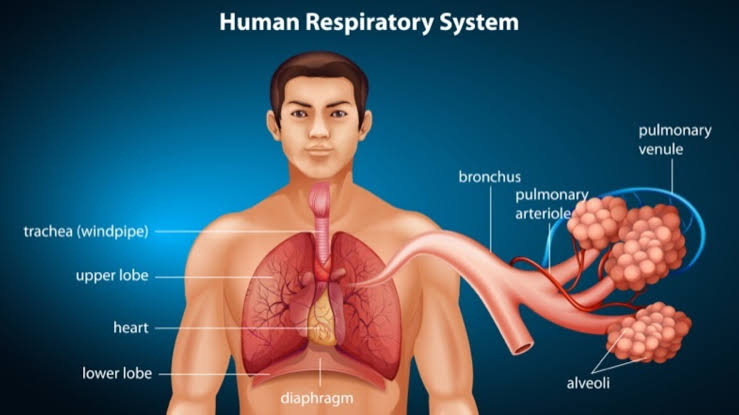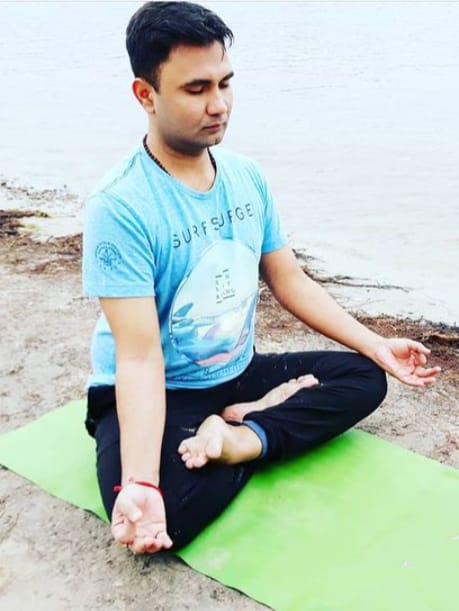Basic Yogic Therapy for Respiratory illness: –
Yoga has proved to be very effective in the treatment of many impossible and incurable diseases, with its emphasis on controlled breathing (pranayama) and physical postures (asanas), can be a valuable tool in managing respiratory illnesses. Here are some specific practices that can be beneficial:
Pranayama (Breathing techniques)
- Diaphragmatic Breathing: Also known as belly breathing, this technique encourages deep, full breaths by engaging the diaphragm, the primary muscle for respiration. This allows for a greater exchange of oxygen and can be helpful for people with asthma or chronic obstructive pulmonary disease (COPD).
- Nadi Shodhana (Alternate Nostril Breathing): This practice involves breathing through one nostril while holding the other closed, then switching sides. It is believed to balance the nervous system and enhance respiratory function.
- Kapalabhati (Skull Shining Breath): This is a vigorous breathing technique that helps clear the airways and strengthen the respiratory system. It involves forceful exhalations followed by passive inhalations.
- Ujjayi (Ocean Breath): This technique involves breathing through the nose with a slight constriction in the throat, creating a soothing sound. It can help improve breath control and reduce anxiety.
Asanas (Physical Postures)
Regular practice is key to experiencing the full benefits of yoga for respiratory health.
Remember, yoga is a holistic practice that encompasses physical, mental, and spiritual well-being. By incorporating these yogic techniques into your daily routine, you can improve your respiratory health and overall quality of life.
Bhujangasana (Cobra Pose): This pose opens the chest and lungs, improving breathing capacity and alleviating congestion.
Setu Bandhasana (Bridge Pose): This pose stretches the chest, lungs, and abdomen, enhancing respiratory function and reducing stress.
Cat stretch (Marjari Aasana): This posture helps open the chest and lungs, promoting deeper breathing and better oxygenation.
Additional Considerations
It is important to consult with a qualified yoga instructor or healthcare professional before starting any new yoga practice, especially if you have a pre-existing respiratory condition.
Regular practice is key to experiencing the full benefits of yoga for respiratory health.
Remember, yoga is a holistic practice that encompasses physical, mental, and spiritual well-being. By incorporating these yogic techniques into your daily routine, you can improve your respiratory health and overall quality of life.
(This is for informational purposes only)




